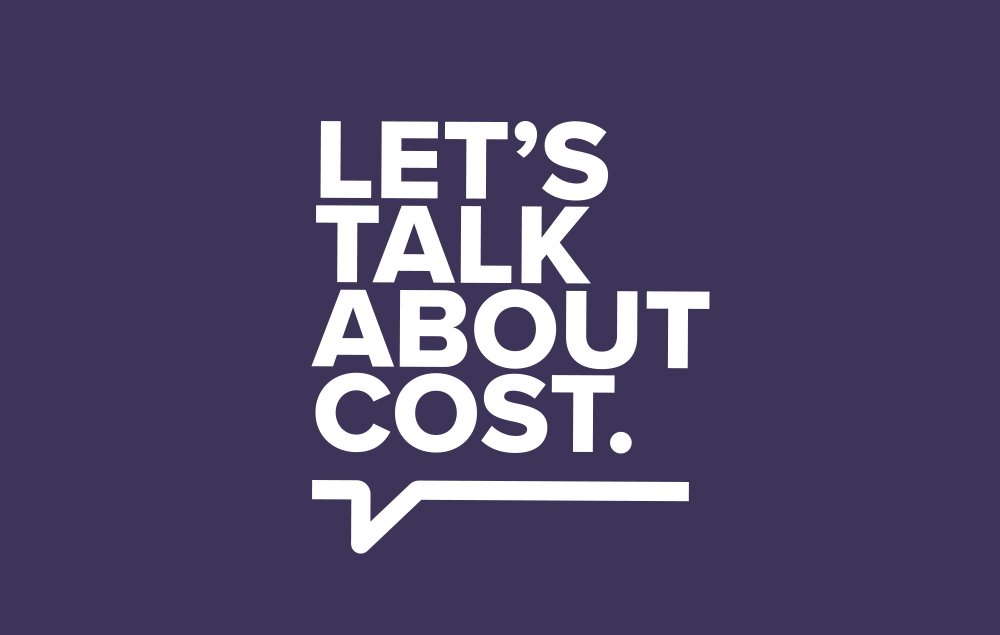Today, IQVIA released its Medicine Use and Spending in the U.S. – A Review of 2018 and Outlook to 2023 report – highlighting the drivers behind medicine price and spending trends, patient out-of-pocket costs and efforts to drive adherence, among other pieces of data.
Here are four things you should know about the report:
- After discounts and rebates, prices for brand medicines with patent exclusivity grew just 0.3 percent in 2018, slower than the rate of overall inflation. Prices for brand medicines are projected to fluctuate between a decline of one percent and a modest increase of two percent annually over the next five years, even as a robust pipeline of new medicines are expected to reach patients.
- Spending on all medicines grew 4.5 percent in 2018 after discounts and rebates. This growth was driven by increased utilization of existing and newly launched medicines, not higher prices. Furthermore, spending on medicines per person increased just 0.9 percent in 2018. To put this in perspective, in 2018, total annual spending on medicines per person was just $44 dollars higher than it was in 2009, despite the introduction of life-saving treatments and cures for hepatitis C, rare diseases, cancer and HIV.
- $78 billion in net spending on brand medicines will be avoided due to loss of exclusivity and generic competition over the next five years. This savings more than offsets the projected $73 billion in net spending on newly launched brand medicines that will occur over that same period. The biopharmaceutical industry is the only part of the health care system where costs fall over time. This built in cost containment creates headroom for future treatments and cures.
- Medicine prices are growing at slowest rate in years, but unfortunately, it doesn’t feel this way for many patients. For example, seniors are disproportionately impacted by high cost exposure, underscoring the need to improve predictability and affordability in the program. Twenty percent of Medicare Part D beneficiaries faced annual out-of-pocket costs over $500, and 4.7 percent had annual costs over $1,500 in 2018. In comparison, just 8 percent of patients in the commercial market paid more than $500 and 1.4 percent paid more than $1,500.
Learn more at LetsTalkAboutCost.org.



